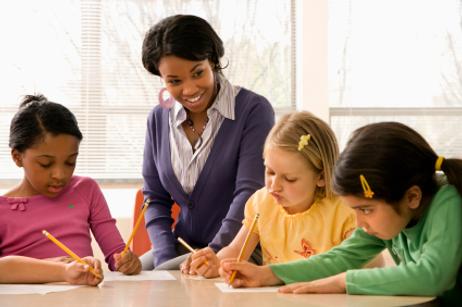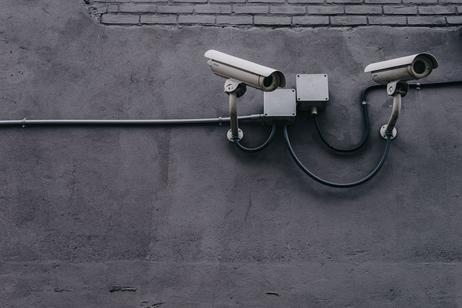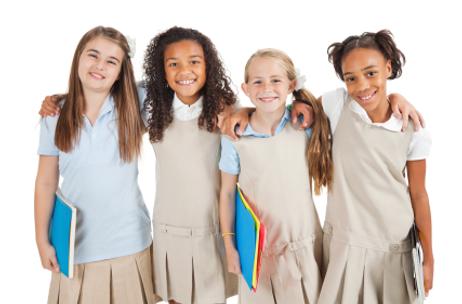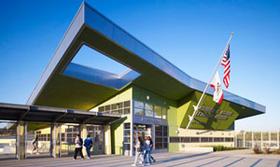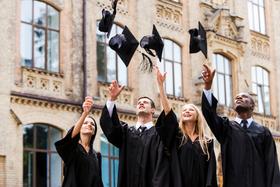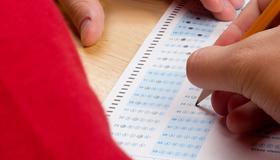High school students are faced with the daunting task of making choices that will have momentous consequences on the remainder of their lives. They must choose whether to pursue higher education at a four-year college or university, begin their studies at a two-year community college, start a vocational training program, or enter the workforce directly after high school.
For those students who decide they want to pursue a college education, the choices to be made only multiply: students must decide how to present themselves in the optimal light on college applications, which colleges to apply to, and which college to ultimately attend.
Fortunately, most public high schools have a “guidance office” and guidance counselors who are given the job of helping students to navigate the sea of tough decisions that must be made towards the end of high school.
But are high school students getting the help and advice that they need from the guidance counselors at public schools? A new study released by the nonprofit research organization Public Agenda suggests that most people who have graduated from public high schools in the last decade do not feel that their school guidance counselors provided them with any meaningful advice.
This video shows a demonstration interview by a guidance counselor.
The Problems with the Current High School Guidance System
Lack of Personal Attention
In its response to


